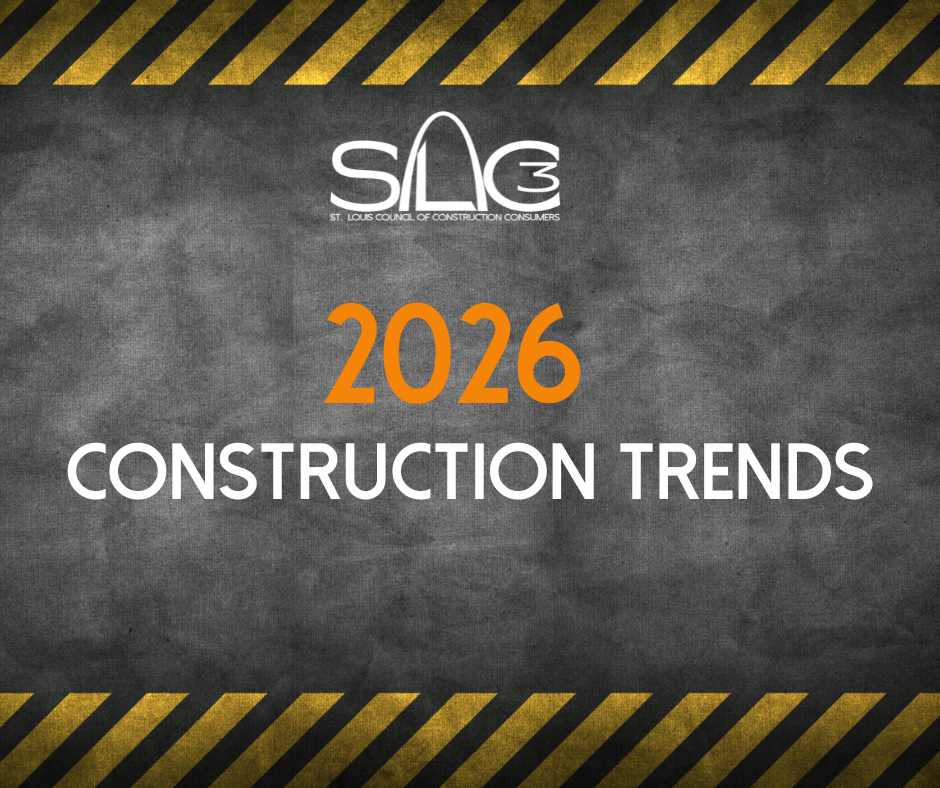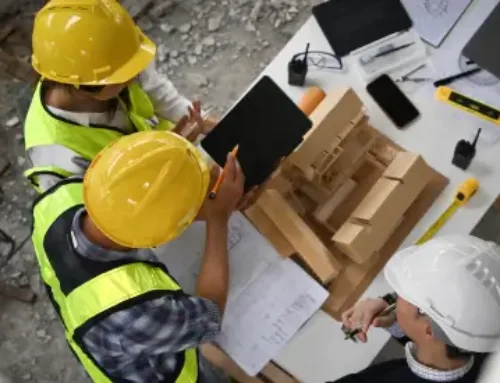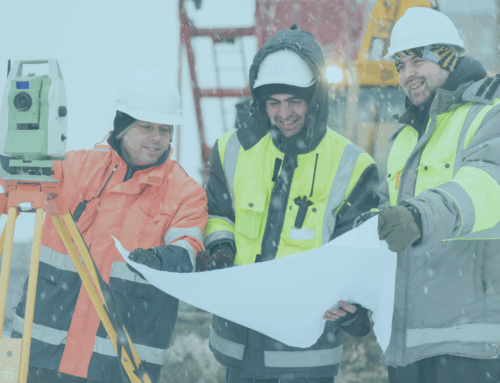The industry is shifting from “interesting pilots” to standard practice across tech, materials, and delivery. Growth is steady, capital is cautious, and owners want proof—not promises. Here’s what’s actually moving the needle in 2026.
1) Modular & Prefab Go Mainstream
Factory-first delivery is now about speed to revenue and quality you can predict. Think bathroom pods, MEP racks, headwalls, and select volumetric units. The winners design for DfMA early, lock logistics (cranes, routes, staging), and measure success by units set/day and rework hours avoided.
Do now: Pick one high-repeatability scope for your next project. Require model-based submittals and define acceptance metrics up front.
2) AI Everywhere (Quietly)
AI is baked into schedules, estimates, safety cams, and maintenance. It won’t build your project, but it will shave delays, cut rework, and catch issues before you do—if your data is clean and teams actually follow the nudges.
Do now: Re-run your 2026 pipeline with AI-assisted schedule and cost scenarios; instrument one site for predictive maintenance and gate-camera PPE analytics.
3) Robotics & Autonomy Fill the Labor Gap
Autonomous grade cycles, robotic layout, rebar-tying, and drone/scan QA are moving from “demo day” to daily work. Crews shift from repetitive strain to setup, monitoring, and QA—which also helps retention.
Do now: Start with a repetitive scope (deck reinforcement, large pads). Assign a “robotics champion,” track ties/hour and variance, and scale once the numbers prove out.
4) 3D Printing Graduates from Pilot
Printed walls/cores and site elements are entering production where repeatability and speed matter. Codes and AHJs are catching up via performance-based pathways. Printing won’t fit every job; it will fit some jobs perfectly.
Do now: Identify a pilot with repetitive units and a receptive AHJ. Pair printing with automated layout to lock tolerances.
5) Low-Carbon Materials Become Baseline
Owners and agencies increasingly require EPDs and embodied-carbon thresholds—especially for concrete, steel, glass, and asphalt. Modern mixes (SCMs, limestone cements, mineralization) are becoming the default; bio-based materials expand in non-structural roles.
Do now: Bake EPDs and project GWP targets into Division 01. Decide early where you can run low-carbon concrete without schedule pain; capture documentation cleanly at closeout.
6) Smart Buildings Start at Design, Not Turnover
IoT sensors, analytics, and twin-ready BIM are specified up front for energy, comfort, and O&M. Model-based submittals mean fewer commissioning headaches and a cleaner asset registry on day one.
Do now: Extend BIM to include device IDs/point lists and require common naming (Haystack/Brick/ASHRAE). Deliver a basic digital twin at turnover.
7) Safety Becomes Real-Time
Drones, wearables, proximity alerts, and computer vision move safety from clipboards to live indicators. The KPI shift: from lagging (TRIR) to leading signals you can fix this week.
Do now: Pick one workflow (drone inspections or gate PPE analytics). Track hazard closeouts within 24 hours and review in weekly OACs.
8) Workforce: Compete on Skills, Not Just Wages
The shortage isn’t going away. Firms pulling ahead run year-round recruiting, offer digital upskilling, and create hybrid roles (field technologist, robotics tech). VR/Sim training compresses onboarding and boosts confidence for high-risk tasks.
Do now: Publish role ladders for hybrid field-digital jobs; pilot two VR modules (fall protection + equipment spotter protocols) and measure near-miss reduction.
Your 2026 Action Checklist
- Lock DfMA decisions in schematic; select one prefab scope and set daily install targets.
- Instrument one flagship project for AI scheduling + predictive maintenance + PPE analytics.
- Run a robotics pilot on a repetitive task with hard metrics (ties/hour, variance, rework).
- Mandate EPDs in Div. 01; set embodied-carbon targets by division and track at submittal.
- Make BIM twin-ready: device schedules, point lists, naming standards, and model-based submittals.
- Adopt one safety tech and review leading indicators weekly (not monthly).
- Talent pipeline: year-round recruiting cadence, VR onboarding, and published ladders for hybrid roles.
2026 favors teams that standardize what works and document what they deliver. Pick focused pilots, measure ruthlessly, then scale. The market is rewarding speed, predictability, and carbon literacy—delivered by digitally fluent teams that still know how to build.






